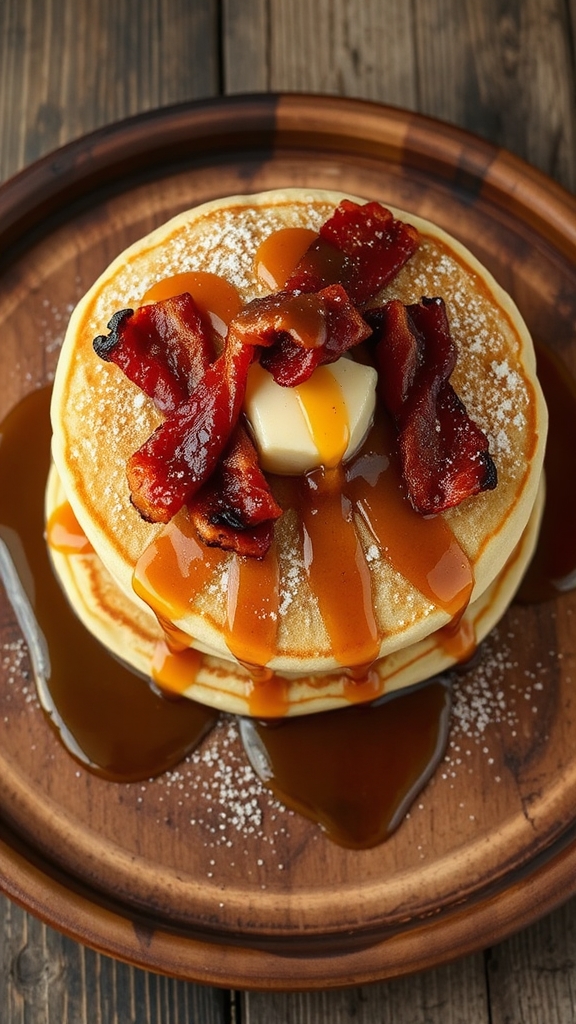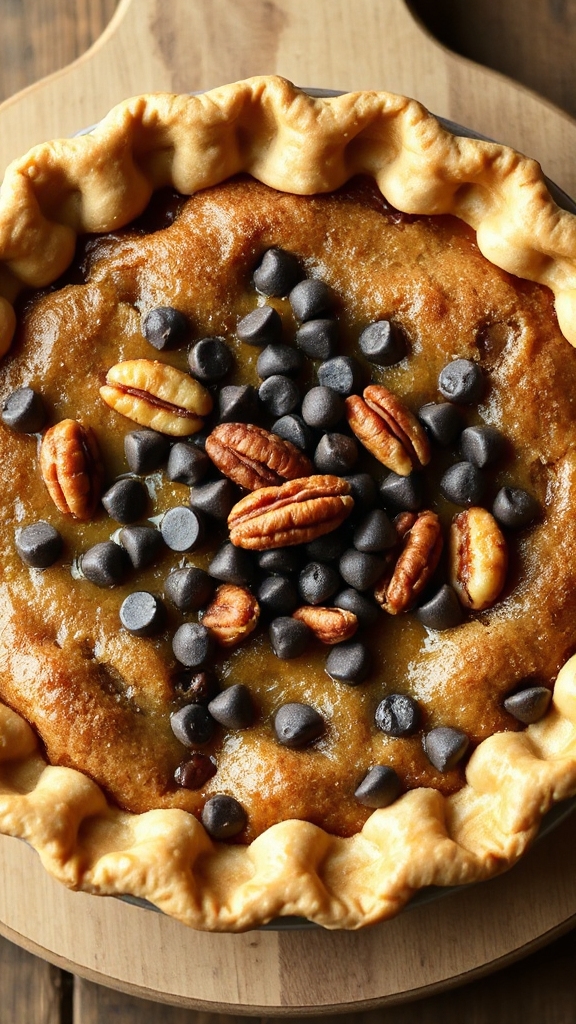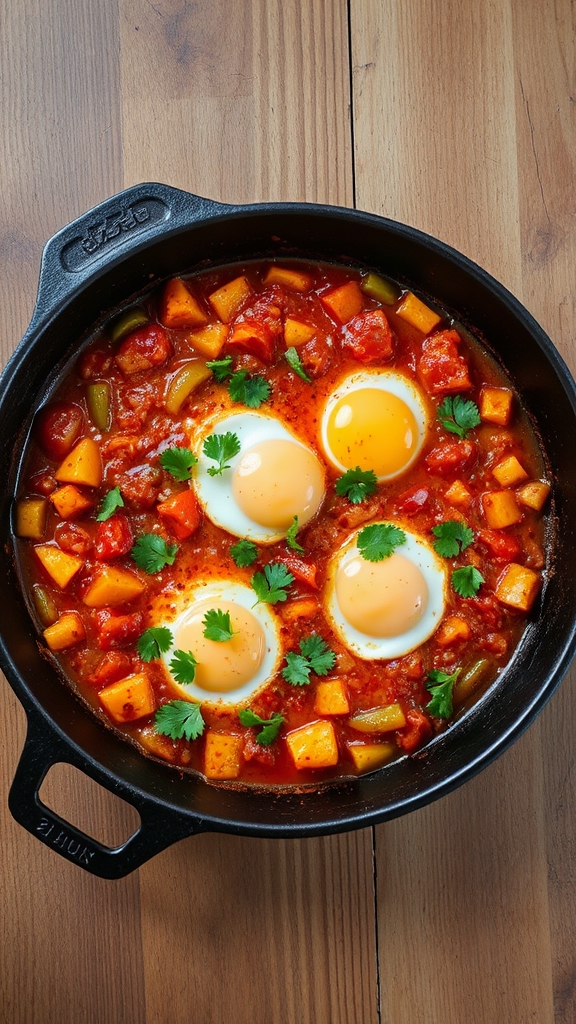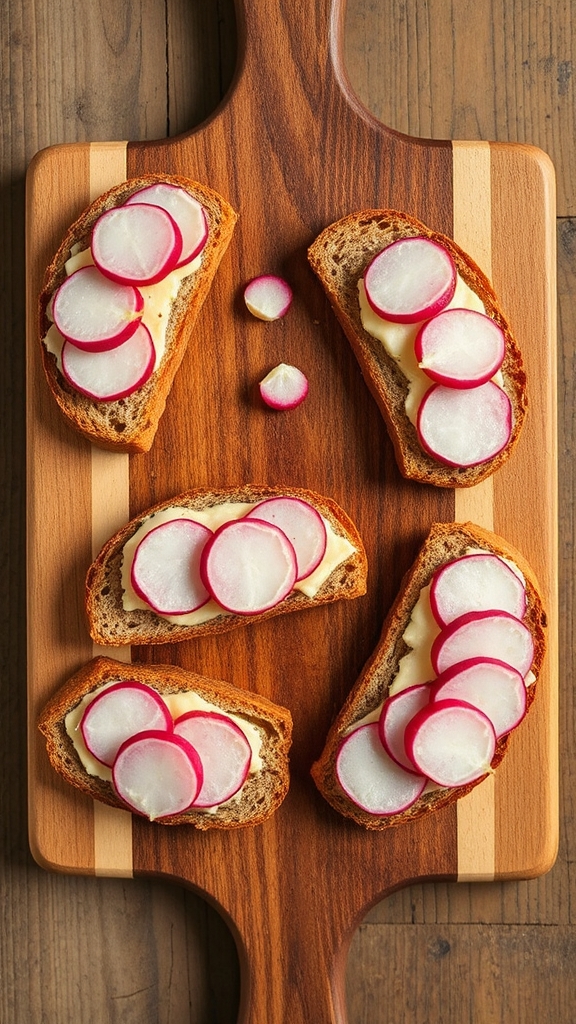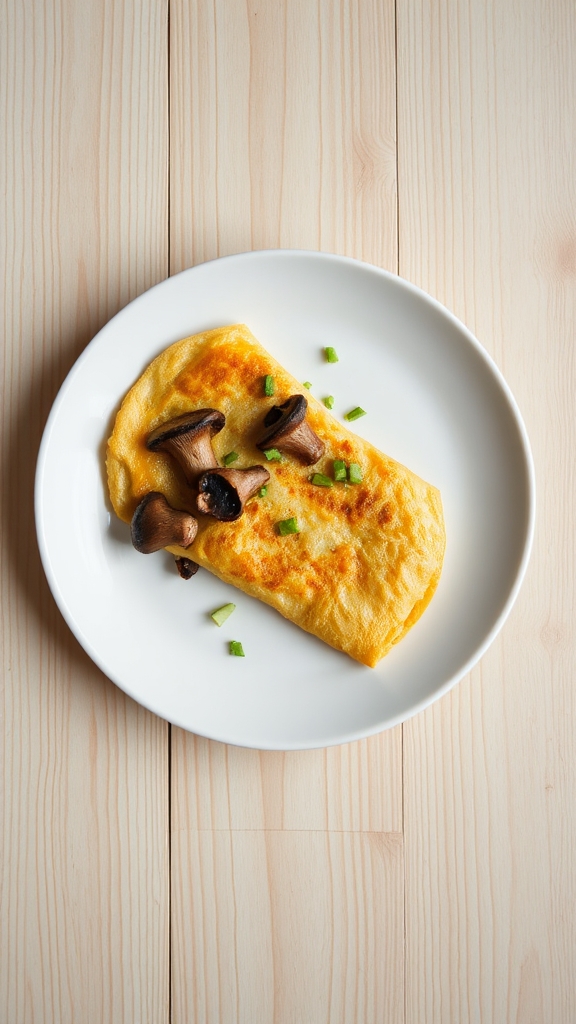GF Lemon Blueberry Scones
Discover the secret to irresistible GF Lemon Blueberry Scones that blend tart lemon and sweet berries—eager to elevate your baking game?
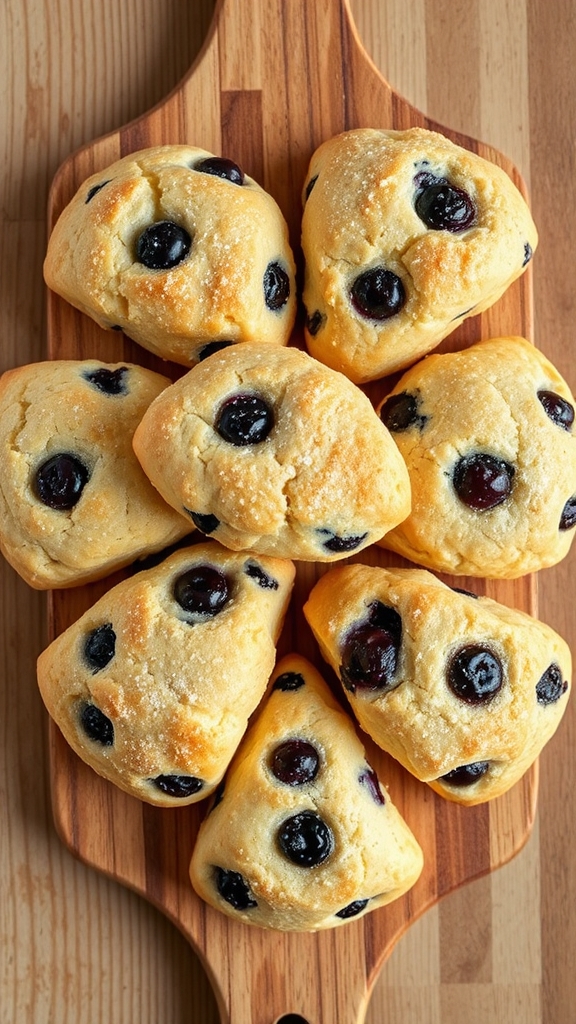
I love sharing my go-to recipe for the fluffiest GF Lemon Blueberry Scones, inspired by their Scottish roots in tea-time traditions. Start with a gluten-free flour blend, fresh blueberries, and zesty lemon zest for that perfect tart-sweet vibe. Whisk dry ingredients, cut in butter, mix wet ones in, then shape and bake for golden goodness. Stick around for handy tips and variations that’ll take your scones to the next level!
History
GF Lemon Blueberry Scones trace their origins to traditional Scottish scones from the 16th century, evolving from simple oat-based breads into a staple of British tea culture, where they symbolize comfort and hospitality.
Regional variations include the denser, fruit-studded versions in the UK versus the lighter, sweeter adaptations in the US, highlighting how local ingredients and preferences influence their significance as versatile baked goods.
These scones are traditionally served during afternoon tea, brunches, or casual gatherings, often celebrating seasonal flavors like lemon and blueberries in modern, gluten-free contexts for health-conscious occasions.
Ingredients
- Gluten-free flour blend, about 2 cups of the good stuff: You know, when you’re aiming for that light, crumbly texture without the gluten drama, this is your go-to base, keeping things simple yet magical—sort of like finding the perfect pair of jeans that actually fit.
- Fresh blueberries, a generous 1 cup packed full: These little gems bring the burst of tart-sweet goodness that makes every bite sing, making you pause and think, is there anything better than popping one straight from the bush into your mouth on a sunny day?
- Lemon zest from 1 or 2 lemons, freshly grated: Oh, the zing of that citrus peel, it adds a bright, wake-up call to your scones, turning ordinary into something that whispers promises of summer picnics, even if your kitchen’s a bit of a mess right now.
- Granulated sugar, around 1/4 cup for that subtle sweetness: A touch of this everyday staple balances the tartness without overwhelming, because who doesn’t love a scone that’s not too sweet, yet still coaxes a smile from even the grumpiest morning?
- Baking powder, 1 tablespoon to lift things up: This little powerhouse guarantees your scones rise like they’re reaching for the stars, not flattening out like forgotten dreams in the oven—always a reliable sidekick in the baking world.
- A pinch of salt, just 1/2 teaspoon: It might seem small, but this enhances every flavor, turning your mix from blah to brilliant, as if saying, hey, let’s make this dance on your tongue a bit more.
- Cold butter, cubed, about 6 tablespoons: Whether it’s dairy or a plant-based swap, this keeps the dough flaky and tender, like a secret ingredient that makes you chuckle at how something so simple can feel so indulgent.
- An egg, large size, for binding it all together: This adds structure and a bit of richness, making you wonder how something so ordinary can hold everything in place, much like that one friend who keeps the group from falling apart.
- Milk or non-dairy alternative, 1/2 cup chilled: Choose your favorite to moisten the dough just right, creating that perfect doughy embrace, because sometimes, a splash of this turns a dry mix into something you’d actually want to share.
- A dash of vanilla extract, 1 teaspoon if you’re feeling fancy: It weaves in a warm, comforting note that elevates the whole batch, playfully teasing your taste buds as if to say, why not add a little extra charm to an already delightful treat?
Cooking Steps
First, let’s get those dry ingredients together, because that’s the foundation of any good scone adventure.
Start by whisking about 2 cups of gluten-free flour blend with 1 tablespoon of baking powder, 1/4 cup of granulated sugar, and 1/2 teaspoon of salt in a large bowl—think of it as gathering your team before the big game.
This step guarantees everything mixes evenly, so your scones don’t end up lopsided or bland, which, let’s face it, is a baking blunder we all want to avoid.
Once combined, you’ll cut in about 6 tablespoons of cold, cubed butter using a pastry cutter or your fingers until the mixture looks like coarse crumbs, adding that flaky magic without turning the whole thing into a sticky mess.
Next, for the wet ingredients, beat one large egg in a separate bowl and mix it with 1/2 cup of chilled milk or a non-dairy alternative, plus 1 teaspoon of vanilla extract for that cozy warmth.
Pour this into your dry mixture and stir gently until it just comes together, but don’t overdo it—you know, like trying not to stir a conversation that’s already flowing.
Fold in a generous 1 cup of fresh blueberries and the zest from 1 or 2 lemons to bring in that bright, zesty pop, which might make you wonder if you’ve just bottled up a summer day.
Shape the dough into a circle on a floured surface, cut it into wedges, and pop them on a baking sheet for that golden bake.
Finally, bake your scones in a preheated oven at around 400°F for 15-20 minutes, or until they’re golden and smell like a dream, keeping an eye on them so they don’t over-brown like forgotten cookies in the oven.
This is where patience pays off, as the heat transforms your mix into something tender and irresistible, almost like a little reward for your effort.
If you’re feeling extra, brush the tops with a bit more milk before baking for a nice sheen, because who doesn’t appreciate a scone that looks as good as it tastes?
Tips and Variations
If you’re tweaking these GF Lemon Blueberry Scones, one smart tip is to chill the dough for about 15 minutes before baking—it helps those flaky layers hold their shape and prevents them from spreading out like they’ve got somewhere else to be, which can save you from that disappointing flat result we all dread on busy mornings.
For variations, why not swap in raspberries or blackberries for the blueberries to mix things up, or add a handful of chopped almonds for a nutty crunch that makes each bite feel like a little surprise party in your mouth;
and if you’re aiming for something lighter, try using coconut milk instead of regular milk to keep it dairy-free without losing that tender texture, because let’s face it, who wants a scone that’s tough as old shoes when a simple switch can turn it into bakery magic?
Oh, and don’t forget to dust the tops with a touch more sugar before baking for an extra sparkle, turning your humble bake into something that looks almost too pretty to eat.
Tools
| Tool | Purpose |
|---|---|
| Mixing bowls | For combining dry and wet ingredients |
| Measuring cups and spoons | For accurately measuring ingredients |
| Whisk or spoon | For mixing batter evenly |
| Pastry cutter or forks | For cutting butter into the flour mixture |
| Baking sheet | For baking the scones in the oven |
| Parchment paper or silicone mat | To line the baking sheet and prevent sticking |
| Zester or grater | For zesting the lemon |
| Rolling pin | For rolling out the dough (if needed) |
| Oven | For baking the scones |
| Cooling rack | For cooling the scones after baking |

Hi There! I'm Stephanie Miller: Elementary teacher from Columbus, OH sharing grandma's treasured American recipes! 50 years young, yoga enthusiast & kitchen storyteller. Welcome to my food family! 🍰❤️



